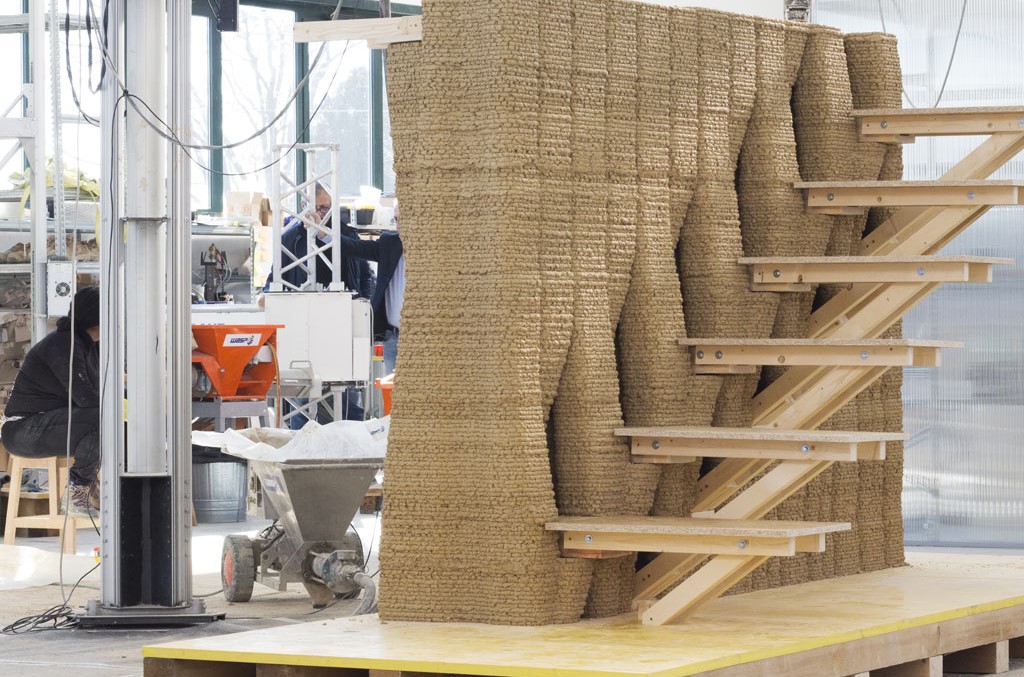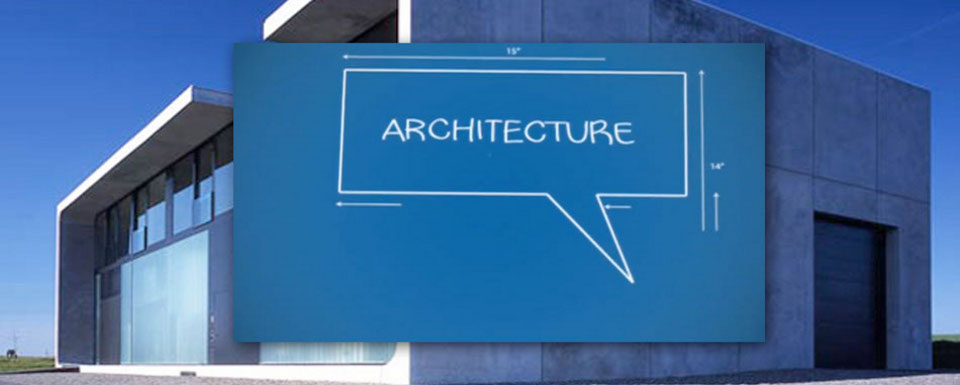3D Printing and Architecture Design

3D printing is revolutionizing the field of architecture, and it is poised to change the way we build our cities and towns in the future. Thanks to this innovative technology, we will be able to create more sustainable, resilient, and beautiful buildings than ever before.
In recent years, 3D printing has become increasingly popular, and it is now used in various industries. One area where 3D printing is making a significant impact is architecture. This technology offers several advantages for architects, including creating complex shapes and structures that would be impossible to create using traditional methods. 3D printing also allows for a high degree of customization, meaning that each architectural element can be designed to meet the project’s specific needs.
So how does 3D printing work in architecture? First, architects create a digital model of the desired structure using specialized software. Once the model is complete, it is sent to a 3D printer. The printer then creates the structure by building it up layer by layer, using materials such as plastic, metal, or concrete. This process can take anywhere from a few hours to several days, depending on the size and complexity of the project.
As anyone who has tried to put together a model kit can attest, 3D printing can be a great way to create complex shapes with high accuracy. Some of the world’s leading architecture firms are now using 3D printing to create scaled models of their proposed designs. Not only does this allow for greater precision in the planning stages, but it also allows for modifications to be made quickly and easily. In addition, using 3D printing means that architecture, engineering, and construction firms can create full-sized prototypes of their designs, which can be used to test the feasibility and identify any potential problems. As 3D printing technology advances, we will likely see more and more firms incorporating it into their design practices.
Several universities are now offering courses in 3D printing for architects. In recent years, there has been a growing interest in 3D printing among architects and other design professionals. As a result, several universities are now offering courses in this technology. These courses typically cover the basics of 3D printing, such as creating digital models and operating a 3D printer. In addition, students are often allowed to design and print their projects. These courses provide a great introduction to this exciting technology and its potential applications in architecture.
3D printing is set to change the way we build our cities. There is no doubt that 3D printing is a disruptive technology set to change how we build our cities. This technology offers several advantages for architects, including creating complex shapes and structures that would be impossible to create using traditional methods. In addition, 3D printing allows for a high degree of customization, meaning that each architectural element can be designed to meet the project’s specific needs. As the use of 3D printing technology continues to grow, we will likely see several innovative and exciting projects that push the boundaries of what is possible.
3D printing is a process that is constantly evolving and has the potential to change the landscape of architectural design. While there are some disadvantages to using this technology, the advantages often outweigh them. With continued advancement in 3D printing technology, we can only imagine what possibilities will be made available for architects and their clients. What do you think the future of 3D printing holds for architecture? Let us know in the comments below!
Related:
10 of the Best 3D Printers for Architects in 2022 Reviewed | Top Brands Compared
Reservations Begin in 2023 for the 100-home Community Codesigned by BIG-Bjarke Ingels Group
LGM turns to Quickparts for on-demand architectural modeling









